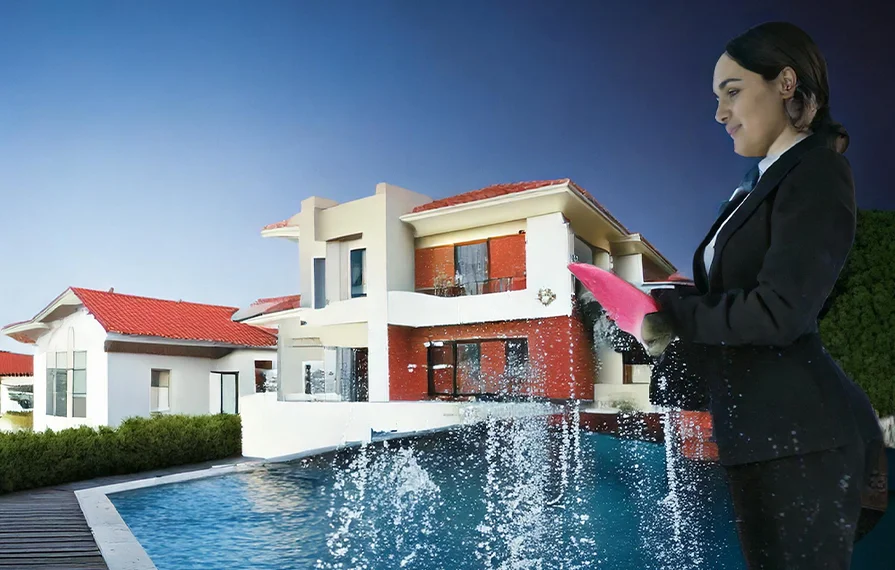- TW LLC
- December 7, 2024
The Importance of Waterproofing in Interior and Exterior Spaces
Waterproofing might not be the first thing that comes to mind when you think about building maintenance, but it plays a crucial role in keeping our homes and commercial spaces safe and sound. Imagine a cozy home where you can relax without worrying about leaks, mold, or
structural damage. This blog post will take you through the ins and outs of waterproofing,
exploring its benefits, and methods, and why it’s so important for both interior and exterior
spaces.
Waterproofing might not be the first thing that comes to mind when you think about building maintenance, but it plays a crucial role in keeping our homes and commercial spaces safe and sound. Imagine a cozy home where you can relax without worrying about leaks, mold, or structural damage. This blog post will take you through the ins and outs of waterproofing, exploring its benefits, and methods, and why it’s so important for both interior and exterior spaces.
What is Waterproofing and Why Does It Matter?
At its core, waterproofing is all about making sure that water doesn’t sneak into your building where it shouldn’t be. Whether it’s from rain, melting snow, or even groundwater, water can cause significant damage if left unchecked. Understanding waterproofing benefits for buildings can help you see why this is such an important aspect of home and property maintenance.
The Bottom Line on Waterproofing
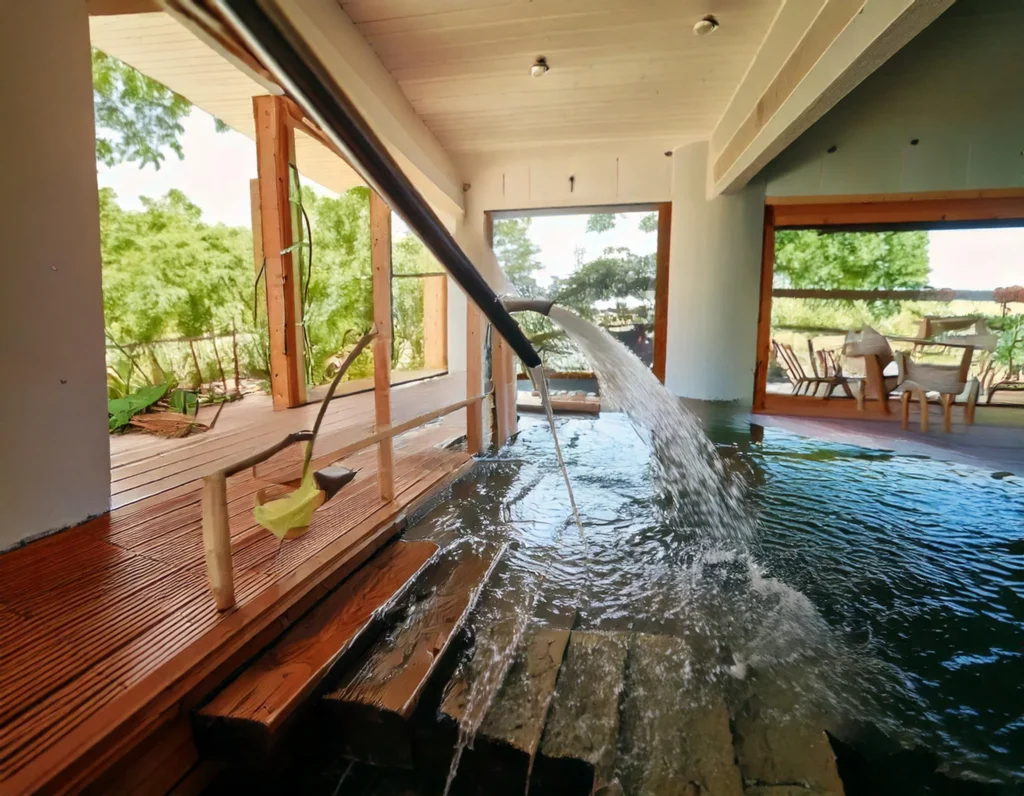
- Prevent Water Damage: The main goal of waterproofing is to stop water damage in its tracks. Water can lead to serious issues like rotting wood and deteriorating foundations.
- Structural Protection: A well-waterproofed building stands strong against the elements, ensuring that the structure remains sound for years to come.
- Boost Property Value: A property that is free from water issues holds its value better, making it a smart investment for homeowners and property managers alike.
Exploring Waterproofing Solutions for Your Spaces
There are various waterproofing solutions designed for both interior and exterior spaces, each tailored to meet specific needs. Let’s dive into some of the most effective methods available:
Interior Waterproofing
When it comes to keeping the inside of your home dry, interior waterproofing is your best friend. Here are some common strategies:
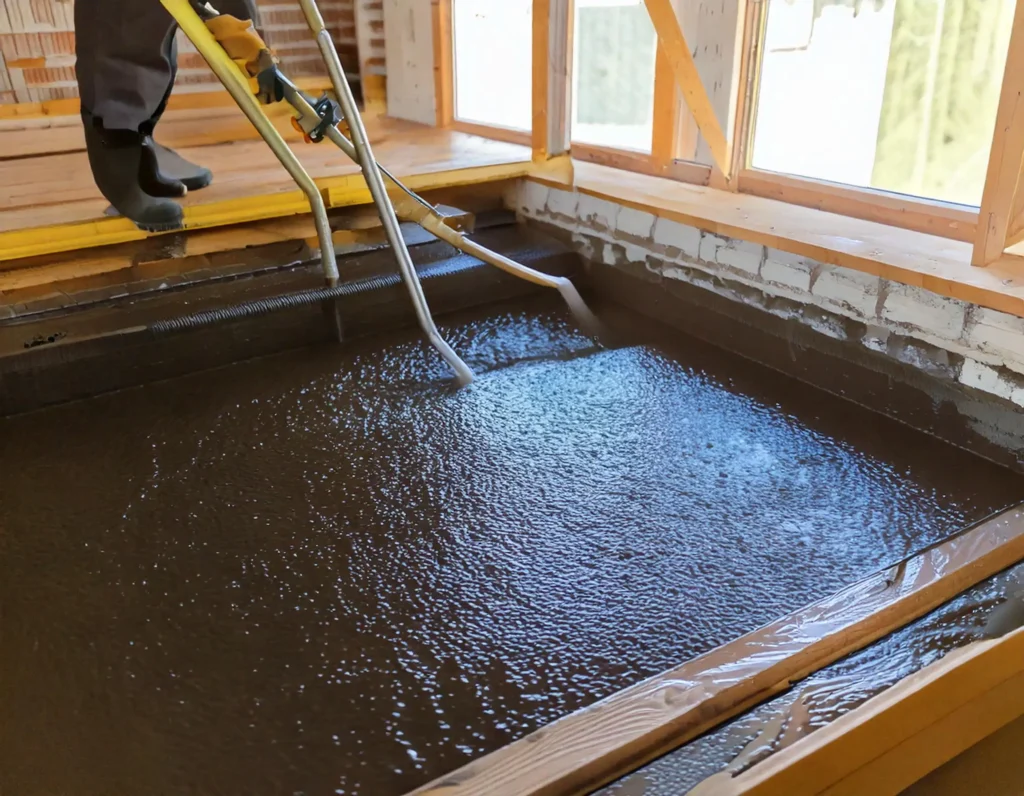
- Sealants and Coatings: These create a barrier on surfaces, preventing moisture from coming in.
- French Drains: Installed along the perimeter of your foundation, they help redirect water away from the building.
- Sump Pumps: Perfect for basements, these pumps remove excess water to keep your space dry.
Exterior Waterproofing
Exterior waterproofing is all about protecting your building’s outer shell. Here are some effective techniques:
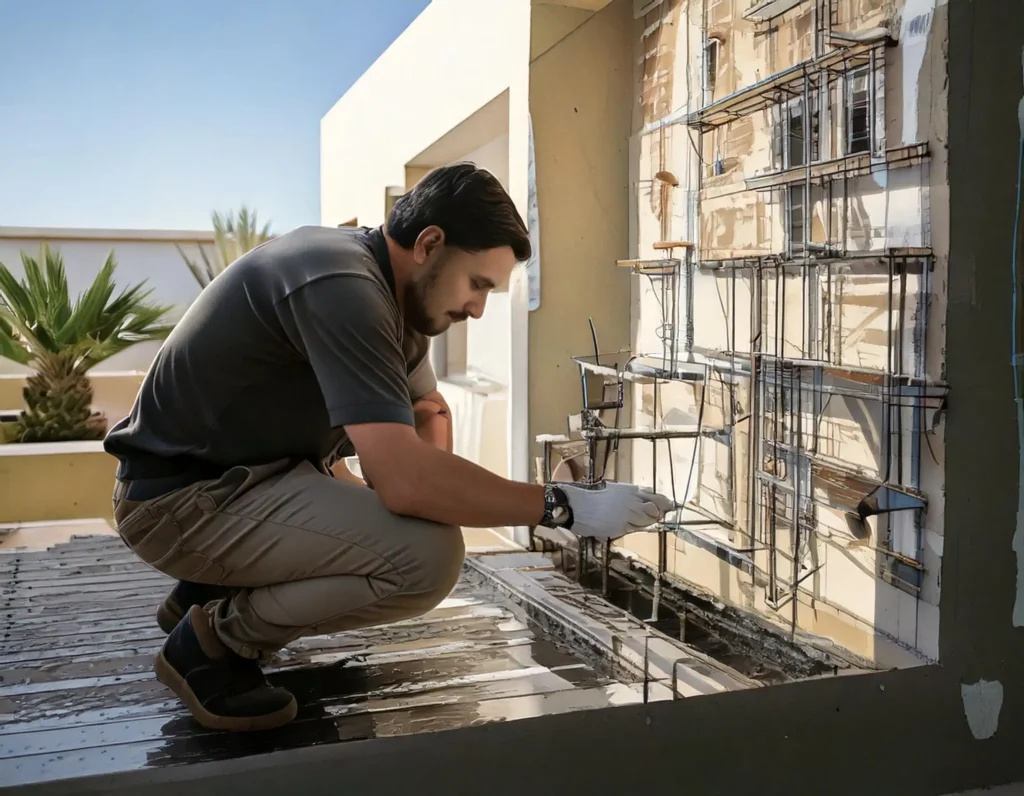
- Membrane Systems: These sheets of waterproof material act as a protective barrier for your exterior walls.
- Drainage Systems: A good drainage system ensures that water flows away from your building instead of pooling around its foundation.
- Waterproofing Paints: These special coatings seal and protect exterior surfaces from water intrusion.
Why Preventing Water Damage is Key
Preventing water damage is not just about aesthetics; it’s about preserving the health and safety of your home. Water can lead to several serious problems, including:
- Cracking and Settling: If water erodes the soil around your foundation, it can lead to cracks and settling.
- Mold and Mildew: Excess moisture creates a breeding ground for mold, which can negatively impact indoor air quality and your health.
- High Repair Costs: Dealing with water damage after it happens can be a major financial burden. Investing in waterproofing is often far more cost-effective than repairing damage.
Moisture Prevention Techniques and Indoor Air Quality
Implementing effective moisture prevention techniques is essential for keeping indoor air quality high. When you manage humidity and prevent water from getting in, you create a healthier living environment. Here are some techniques to consider:
- Ventilation Systems: Proper ventilation helps reduce humidity and promotes airflow, making your home more comfortable.
- Dehumidifiers: These handy devices can effectively manage moisture levels in closed spaces, particularly in basements or bathrooms.
Tackling the Unique Challenges of Basement and Roof Waterproofing
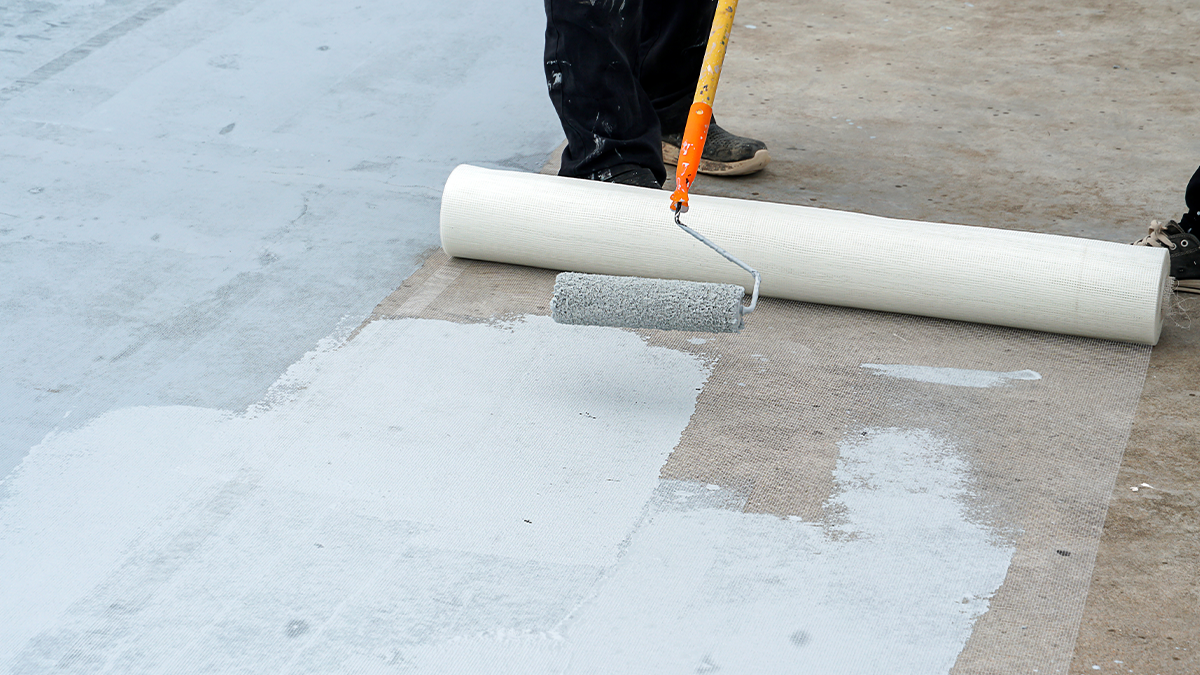
Basement Waterproofing
Basements are often the most vulnerable areas in a building when it comes to water intrusion. Here are some strategies to keep your basement dry:
- Interior Drainage Systems: These systems collect water and redirect it away from your basement, helping to prevent flooding.
- Waterproof Membranes: Applied to walls and floors, these membranes act as a barrier against moisture.
Roof Waterproofing
Roofs face their own set of challenges, especially with weather conditions. Effective roof waterproofing methods include:
- Elastomeric Coatings: These flexible coatings expand and contract with temperature changes, providing a durable barrier against leaks.
- Roof Membrane Systems: Common in commercial buildings, these membranes protect against water penetration and damage.
The Long-Term Benefits of Waterproofing
When you invest in waterproofing, you’re not just making a short-term fix; you’re ensuring long-term benefits for your property. Here are some key advantages:
- Reduced Maintenance Costs: A well-waterproofed building requires less frequent repairs, saving you money in the long run.
- Increased Energy Efficiency: Properly sealed buildings maintain temperature better, leading to lower energy costs.
- Enhanced Property Value: Properties that are free from water issues are more attractive to buyers, ensuring a better return on your investment.
Expert Insights on Choosing the Right Waterproofing Methods
Consulting with waterproofing experts can provide invaluable advice tailored to your building’s specific needs. They can help assess vulnerabilities and recommend the best materials and techniques to ensure maximum effectiveness and longevity.
Preventing Mold and Mildew with Effective Waterproofing
To keep mold and mildew at bay, effective waterproofing practices are essential. Here are some tips to consider:
- Regular Maintenance: Schedule periodic inspections of your waterproofing systems to address any issues before they escalate.
- Keep Gutters Clean: Ensure your gutters and downspouts are free of debris to prevent water overflow and damage.
- Choose Mold-Resistant Products: When renovating or building, consider using materials designed to resist mold growth.
Energy-Efficient Waterproofing Options
Energy-efficient waterproofing options can have a significant impact on your utility bills. Consider these solutions:
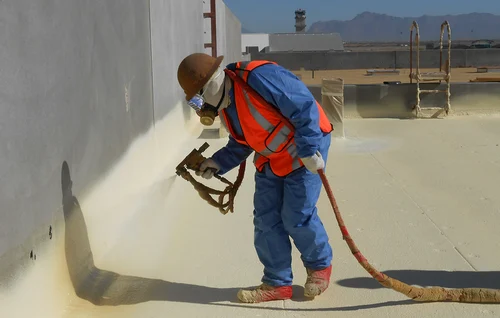
- Insulation Systems: Proper insulation can help prevent heat loss and moisture buildup, making your home more energy-efficient.
- Energy-Efficient Windows: Sealing windows effectively can prevent drafts and water intrusion.
Conclusion: Embracing Cost-Effective Waterproofing Methods
Investing in cost-effective waterproofing methods is vital for preserving the integrity and value of your building. By considering professional waterproofing services, you can safeguard your property from water damage while enjoying long-term benefits. With the right waterproofing solutions, you can create a safe, comfortable, and energy-efficient environment for you and your family.
In summary, understanding the waterproofing benefits for buildings is essential for every property owner. Don’t wait for water damage to rear its ugly head; take proactive measures today to protect your investment for years to come!

